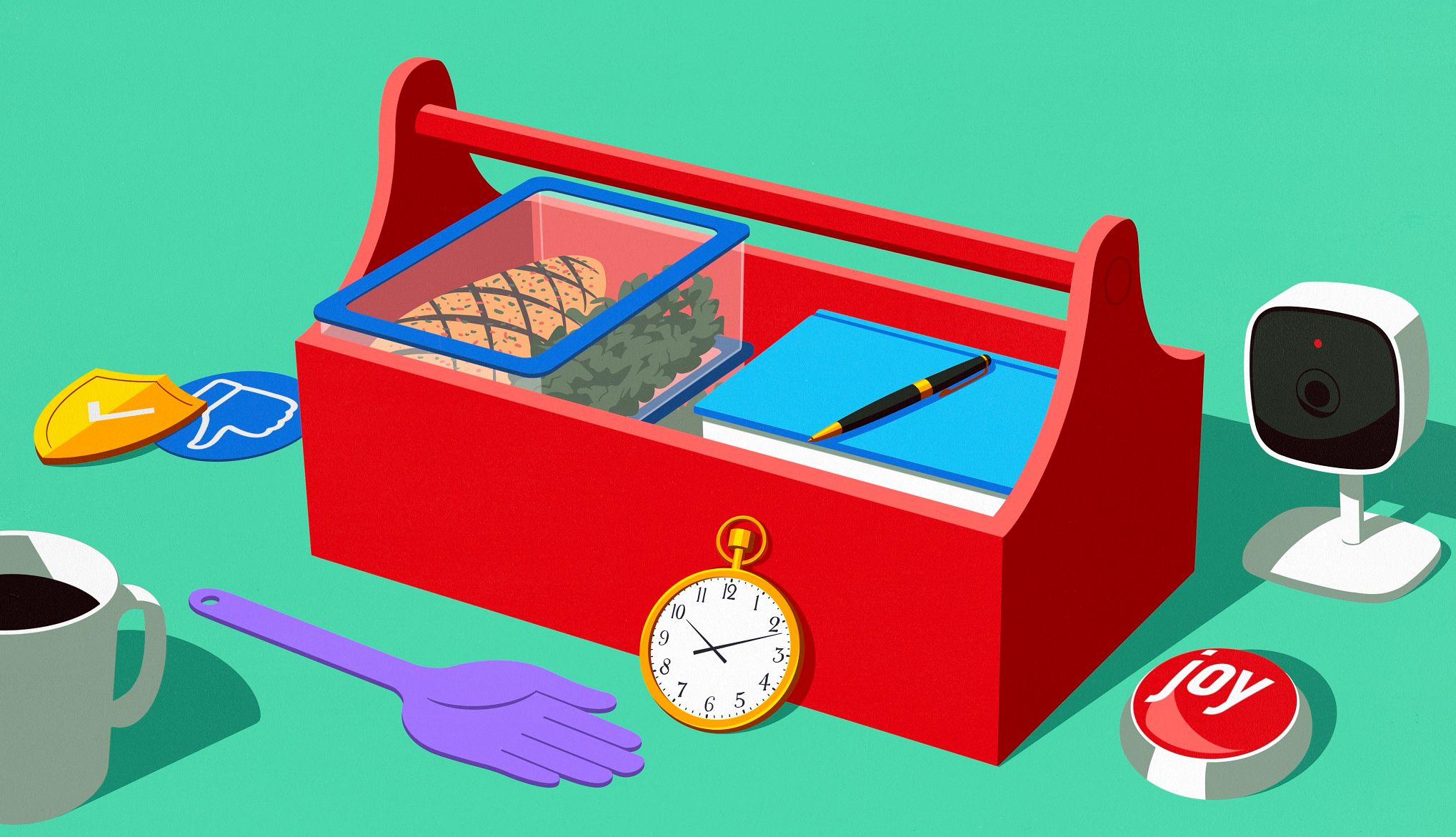AARP Hearing Center


The hard part of being a family caregiver who also has a job is accepting the reality that only Superman or Superwoman can perfectly juggle two complex and different roles at once.
But simultaneously being a family caregiver and a part-time or full-time worker is a stark reality for 61 percent of the 48 million family caregivers in the U.S., according to a recent report from AARP and S&P Global, “Working While Caregiving: It’s Complicated.” Of the 1,200 caregivers surveyed, a whopping 84 percent of respondents said that caregiving had a moderate or high impact on the stress they feel daily.
So how can those who have no choice but to do both get even a little relief?
AARP reached out to four family caregiving experts and authors who offered these tips for the millions of Americans who are working family caregivers but don’t possess superpowers:
Cook ahead on weekends.
As obvious as this tip might sound, few family caregivers plan ahead and actually do this, says Harriet Hodgson, author of The Family Caregivers Guide and a writer for the website The Caregiver Space. Cooking ahead gives you a chance to put some thought into your and your loved one’s needs and not just toss together a last-minute meal, she says.
Join Our Fight for Caregivers
Sign up to become part of AARP's online advocacy network and help family caregivers get the support they need.
It’s smart to date the storage containers in which you place the meals, just in case they aren’t eaten within a few days. Ensure that the container is microwavable so you don’t have to move the food to a new container to heat it.
Finally, Hodgson says, cooking ahead gives you a bit of time to prepare the meal more lovingly. You can give it some TLC by being mindful of ingredients like salt and sugar.
Give yourself permission to dislike your situation.
During the four years when Cindy Eastman worked part-time and was also a caregiver for her father, who had suffered a traumatic brain injury, most days were extremely difficult.
“What helped me the most was to give myself permission not to like the job,” she says of being both a family caregiver and a worker.
This, in turn, gave her permission to put personal boundaries in place and “help myself not feel guilty about whatever I was not doing,” says Eastman, author of True Confessions of an Ambivalent Caregiver.
Keep a one-word journal.
For family caregivers who are also in the workforce, there isn’t much time left over for self-reflection. From her personal experience Hodgson figured out an unusual system that worked for her: keeping a daily one-word journal.
She never found enough free time to keep a lengthy journal or diary during the seven years she was a caregiver for her husband. But she did find a few moments each night to sit down and sum up the day in her calendar with a single word. Some days the word was “encouraged.” Other days it was “discouraged” or even “distressed.” On better days, words like “hopeful” or even “giddy” peppered the calendar.
When you keep a one-word daily calendar, she says, “you can see at a glance how your feelings change.” A low day may be followed by a better one soon.
Find a caregiving buddy.
Anyone who faces the daily complexity of being a caregiver and a worker needs one thing most of all: a confidant.


































































More From AARP
Navigating End-of-Life Rallies
How caregivers should handle these unpredictable bursts of clarity
12 Ways Caregivers Can Handle Tough Days
Strategies from experts to manage stress, cultivate compassion, and rediscover passions.
Navigating Communication During a Family Crisis
When keeping quiet can help caregivers in moments of crisis and when it hurts